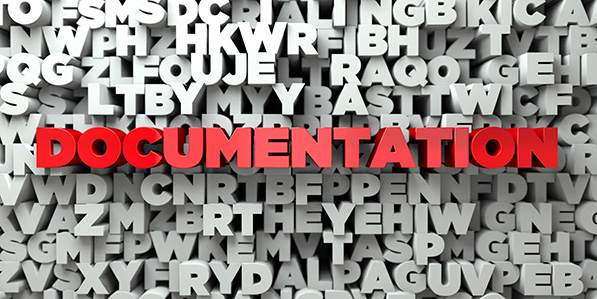
The new Families First Coronavirus Response Act (FFCRA) has dominated employers’ attention with its provisions for emergency paid sick leave and expanded family and medical leave for reasons related to COVID-19, also known as coronavirus. The U.S. Department of Labor (DOL) has been trying to answer employers’ questions leading up to April 1, but one issue that remained unclear was the documentation employers should obtain from employees taking leave under the new law. On April 1, 2020, the same day the FFCRA took effect, the DOL issued regulations that specifically addressed the issue.
The new FFCRA regulations require employees to provide notice to their employers of their need to take either paid sick leave or expanded family and medical leave, and the notice must include the following information:
- Employee’s name;
- Date(s) for which leave is requested;
- Qualifying reason for the leave; and
- Oral or written statement that the employee is unable to work because of the qualified reason.
Employees must also provide additional information specific to the qualifying reason for leave (find the list of qualifying reasons here), including:
- If the employee is subject to a quarantine or isolation order, the name of the government entity that issued the order;
- If the employee has been advised to self-quarantine due to COVID-19 concerns, the name of the health care provider who advised the employee;
- If the employee is caring for someone else, the employee must provide the name of the government entity that issued the quarantine or isolation order affecting the individual, or the information of the health care provider who advised the individual to self-quarantine; or
- If the employee is taking care of a child whose school is closed or child care is unavailable due to COVID-19, then the employee must provide the name of the child being cared for, the name of the school, place of care or child care provider that has closed, and a representation that no other suitable person will be caring for the child during the leave.
The regulation specifies that employers may also request additional materials as needed to support their requests for FFCRA tax credits and tells employers to consult recently released IRS tax credit guidance for more detail.
Currently, the IRS guidance largely mirrors the employee information requirements listed above, not requiring any additional information from employees. But, in order to obtain the tax credits, the IRS requires some additional information from employers.
However, the regulation states that employers may not require the employee’s notice include documentation beyond what’s allowed by the regulation (the items listed above). For the time being, it appears as though employers cannot require employees to provide notes from health care providers, copies of government orders or school closure notices, or other supplemental documentation, which is different from the DOL’s initial guidance on the issue suggesting employees would have to supply those types of documents to substantiate leave.
The new regulation requires employers to keep the above documentation for four years, regardless of whether the employee was granted leave or not.
Employers should develop a process for collecting the above information from employees and consult with legal counsel before denying leave under the new law. As with all things related to COVID-19, circumstances are fluid; CalChamber will continue updating employers on new developments.
James W. Ward, Employment Law Subject Matter Expert/Legal Writer and Editor
Visit the CalChamber Coronavirus (COVID-19) webpage for more COVID-19-related federal, state and local resources, including CalChamber coverage.
Access additional COVID-19-related HRWatchdog blogs.


